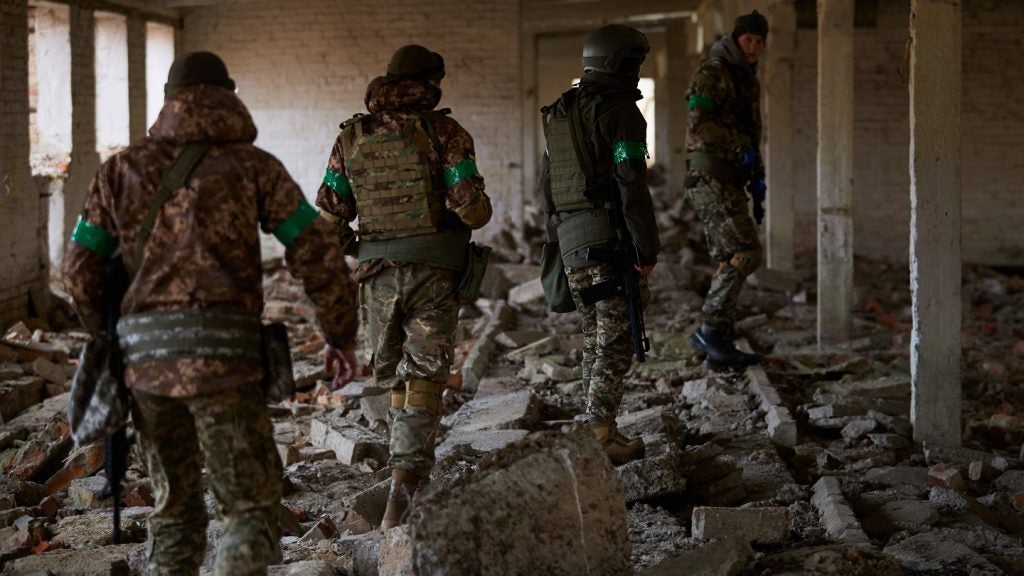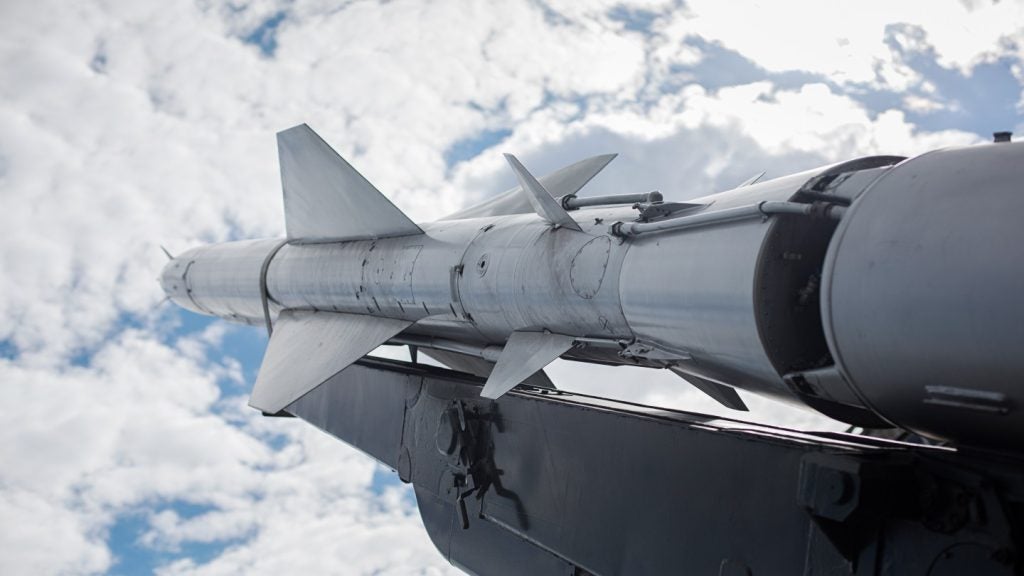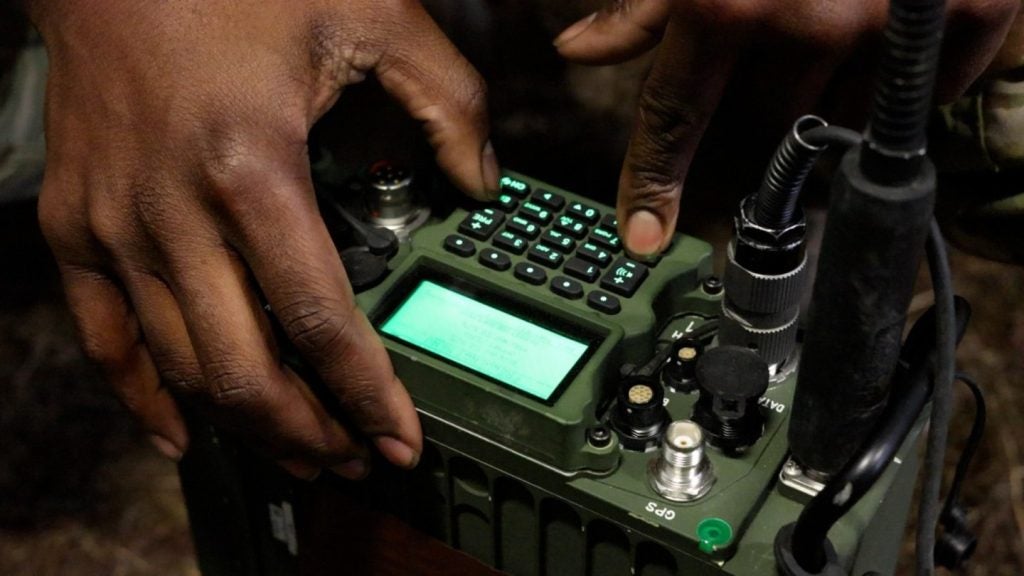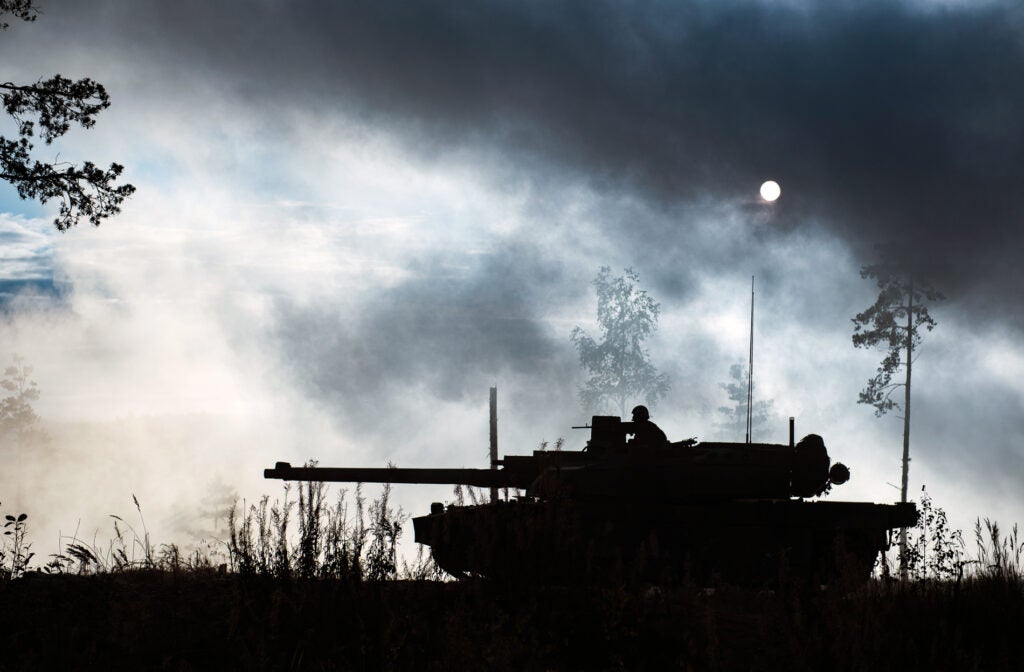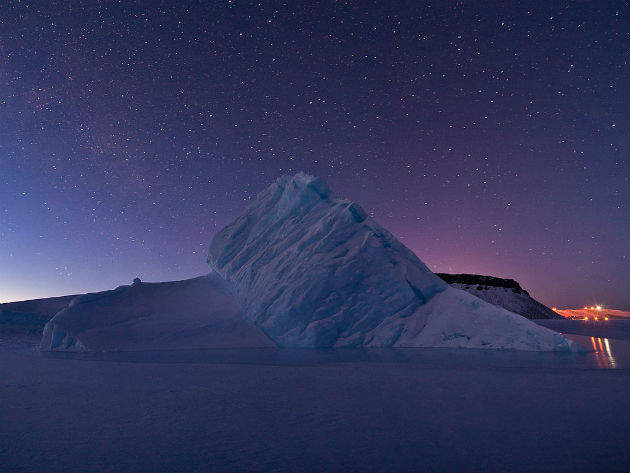

The Arctic holds vast cobalt, copper, gold, manganese and zinc reserves, an estimated 30% of the natural gas in the world, around 20% of the liquefied natural gas deposits and15% of the remaining oil, as well as productive and untouched fishery stocks. With the loss of ice predicted to continue at a rate of more than 10% per decade, all of these riches may soon become accessible for the first time in history – along with a new northern sea-lane that could slash the sailing time between Europe and Asia by half.
For the ‘Arctic Five’ (A-5) littoral states – Canada, Denmark/Greenland, Norway, Russia, and the US – easier access obviously promises huge opportunities, but it also represents a major challenge in terms of policing and security. Even before the recent downturn in East-West relations in the wake of Russian intervention in Ukraine, all of the A-5 had been strengthening their military presence or increasing their forces’ Polar capabilities in readiness.
To some observers, it began to look like a ramping-up of potential political tensions, the first signs of looming conflict over resources down the road. That interpretation gained additional traction as it became clear that further militarisation of the Arctic was planned across the board – and then came Crimea.
Post-2014, the increasingly assertive and expansionist Moscow that emerged on the world stage appeared to seriously reinforce the narrative, and bolstered the perception in some quarters that the A-5 were being inexorably drawn towards confrontation. Against the backdrop of overlapping regional maritime claims, it was said a new cold war was slowly brewing in the Arctic.
See Also:
Military capabilities
However, things may not be quite as bleak as they might seem. In 2012, the Stockholm International Peace Research Institute (SIPRI) published ‘Military Capabilities in the Arctic’, a background paper setting out an overview of the military operational capacity of the A-5, and any ongoing or planned improvements. The paper’s author, Siemon Wezeman, recorded it as a process of modernisation and capacity development to meet the expected environmental, economic and political challenges to come, not a beefing-up of capabilities to deal with some future anticipated military threat.
How well do you really know your competitors?
Access the most comprehensive Company Profiles on the market, powered by GlobalData. Save hours of research. Gain competitive edge.

Thank you!
Your download email will arrive shortly
Not ready to buy yet? Download a free sample
We are confident about the unique quality of our Company Profiles. However, we want you to make the most beneficial decision for your business, so we offer a free sample that you can download by submitting the below form
By GlobalDataFour years on, SIPRI has produced a follow–up report, examining the issue again in the light of increased geo-political tension. In it, Wezeman notes that although all of the A-5 have proceeded with their respective programmes of modernisation, and some have expanded their Arctic capabilities, the pace has been slow and the scope limited. Moreover, while the region itself has become more de facto militarised, the A-5 nations have, he says, stopped well short of actually militarising the region’s security issues; no threat of arms has ever been made to support any of the overlapping claims to extra-national territories.
Indeed, the history of the region is full of examples to the contrary, perhaps most notably the agreement over a longstanding maritime boundary dispute between Norway and Russia, reached to both countries’ satisfaction in September 2010. There is little indication that this kind of thinking will be abandoned any time soon. The 2016 review, like its predecessor, once again “concludes that the changes in military forces, structure and policies in the Arctic do not undermine the commitment of all five states to settling Arctic issues in multilateral discussions, negotiations and cooperation.”
So where does that leave all the talk of a burgeoning cold war, and what of the much vaunted Russian threat?
Media hype
“The fear-mongering has essentially been a media hype,” says Dr Marcus Matthias Keupp, head of the epartment of Defence Management at the Military Academy of the Swiss Federal Institute of Technology in Zurich.
In his 2015 book The Northern Sea Route, which is based on a two-year project of extensive research, he advanced several lines of compelling argument against the popular notion of rising military tensions between the A-5 nations. A year on, he still believes that co-operation, alongside the protection of national interest, remains the thrust of international relations in the High North, and that Moscow in particular has nothing to gain by cutting up rough. With Russia today investing massively in infrastructure and shipbuilding projects, particularly in the Western sectors of the Northern Sea Route, largely through the vehicle of state-controlled companies, he says there is simply too much to lose.
“Sooner or later [Russia] will need to access foreign capital to finance these investments, implying an interest in the scaling back of the present sanctions, such that confrontation is not conducive to attaining these infrastructure goals,” he explains. “Moreover, commodity exports must continue to finance the – already problematic – Russian state budget.”
Norwegian Institute for Defence Studies research fellow Amund Lundesgaard does not see much potential for actual hostilities in the High North either. “ Of course, one can never completely disregard it as a possibility, and misunderstandings and accidents that escalate out of control are the most likely culprits in such a case, not a deliberate and planned military confrontation,” he says. “With the deteriorating relationship between Russia and the West, escalations may be more likely to happen, but I still maintain that it is unlikely to lead to armed conflict.”
State relations
It seems that despite the strained relations between the Kremlin and the West, which has undeniably returned to a level of suspicion and distrust not seen since the end of the real Cold War, the High North has not devolved into a geo-political football. As Wezeman puts it in the SIPRI paper, “the overall picture in the Arctic remains an almost shining example of proper state behaviour over contested claims”.
Lundesgaard broadly agrees with that analysis. The souring of relations aside, he believes that the basics of cooperation in the region have not changed, and in any case, there is little real basis for confrontation. Unlike Georgia and Crimea, the Arctic areas in question are not former Soviet territory, do not have large minorities of Russian nationals, and the resources are mostly within well established and agreed-upon national borders.
However, while Lundesgaard doubts that the High North will itself be at the core of any future conflict, he cautions that it might not escape the fall-out of events elsewhere. “The region would be affected in the case of a new cold war developing over other areas, for example the Baltics,” he warns.
Cold War 2.0
But perhaps all this Russia-watching has had us all looking in the wrong direction. There are those who suggest that Cold War 2.0 will pitch Washington and the West not against Moscow, but rather Beijing.
As a non A-5 state, it might seem that China does not have a dog in this particular fight, and territorially at least, that would certainly be true, but that is not to say that there are no Chinese interests at stake. As Keupp points out, if the ice melt continues at its present rate, before long transpolar shipping will be possible during the summer months, potentially opening a direct Chinese-Nordic sea corridor for international trade. China is looking to develop Greenland and Iceland as local trading and shipping hubs, and has already made some overtures, building a research facility in Iceland, and suggesting a joint deep-sea port for the north of the country.
Beyond shipping, there is all that energy and mineral wealth too, of course. Small wonder that Beijing has increasingly become one of the loudest voices supporting the involvement of non-Arctic nations in the region. If the pundits do turn out to be right, this time around, Cold War 2.0 could be more of an economic stand-off than an ideological one.



